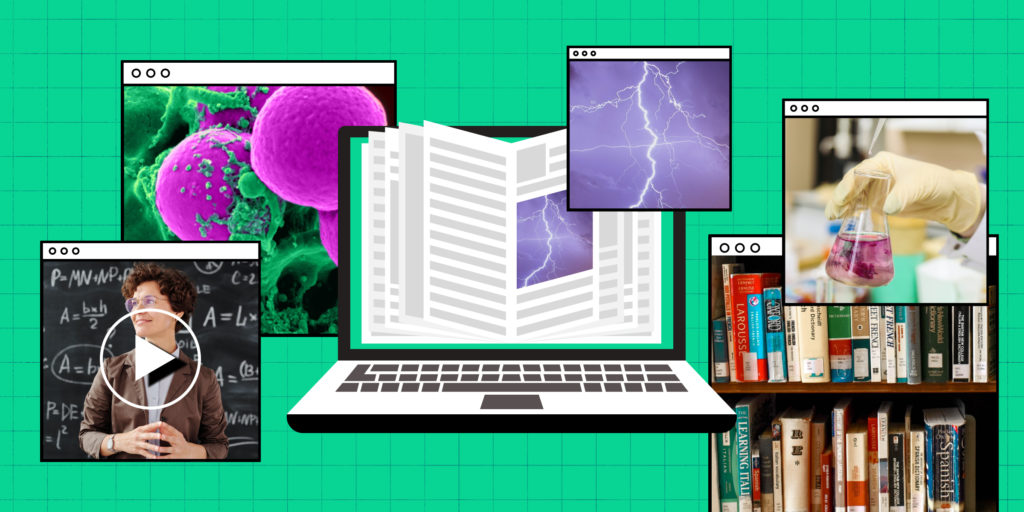Unpopular opinion: I don’t think that technology is a panacea or the apocalypse. The purpose of this article is not to make a case for either inclusion or exclusion of technology in the classroom. I am setting out to make a much deeper argument: Reminding us of what we are doing in the first place, and basing our assessments on that alone. For ease of discussion, I will be using the word ‘digital” to mean any tool that is primarily constructed by software code, uses electronic hardware, and/or uses the internet. “Analog” is anything we can do without mobile devices, computers, or internet.
When something is new, there is always a danger present. We fight the tendency to view digital technology as better, more effective. Sometimes people are not making things better but simply playing with toys. I am writing this with the assumption that no matter where you come down on the digital vs. analog debate, you don’t want mindless approaches.
However, once we establish what the unproductive attitude is, the solution is not to keep repeating that, but to move toward what the right attitude is. I think the right attitude is to be focused on using whatever enhances learning, understanding, and application – and discarding or improving the rest. I will always argue vehemently against two ideas: the idea that because something is new it is better, and the idea that because something is new it will rob us of what was already great.
Some simply fear change. I think that fear can range from healthy to pathological. Those that fear change can often help us elucidate possible pitfalls, but they can also slow progress. The answer to this conflict is analysis. What are we trying to accomplish? How can this tool help us do that?
What CAN digital do for teaching and learning?
In some instances, digital can do some things cheaply that are either impossible or prohibitively expensive in the analog world. One example is exploring human anatomy in 3 dimensions. Another example is the simulation of physiological processes. Yes, it is important to learn to read effectively. But there is nothing better than building a visual frame of reference prior to reading.
Modern digital technology can also facilitate responses to questions with depth and personal reflection without the embarrassment and awkwardness many feel in a classroom with 60-300 other people. We have technology that can allow students to submit personal reflections anonymously, yet still receive credit. That was quite an inefficient process prior to Wi-Fi based technology platforms, and could not be done in real time.
We can quickly “take the temperature in the room” using Wi-Fi. I will explain that further toward the end of this article.
Students can now interact with digital textbooks, instead of just passively reading them. We can embed videos and even simple simulations in the materials, instead of having students ping back and forth between multiple platforms and resources. I am glad we have left the age of the glorified PDF
Some basic rules to follow
How do we keep the assessment of the value of digital tools “honest” and focused on the original goal? Here are some rules we can follow:
Learn the research. We have centuries of research and experience in learning. Use that experience. Familiarize yourself bit by bit with the research on pedagogy and cognitive neuroscience. If you are a college professor like me, focus your searches on adult learners.
Know your students. Brains did not suddenly change with technology, but the context and experience that develops connections has. Make an attempt to understand the environment and tools your students are used to. That doesn’t mean that you need to capitulate to them. This attempt just represents an exploration of possibilities.
Use a multisensory approach. Yes, a lot of students say they are “visual learners”. However, a growing body of literature supports the likelihood that the more senses students use to learn, the better. If digital tools can facilitate that better, use it. If not, use the analog approach.
Facilitate both collaboration and individual self-paced exploration. It is important for students to learn how to work with others. This is part of the future paradigm of most careers, as well as environmental/social change.
Find ways to make the tools work collaboratively. We are at our best when we integrate the things that are best about different approaches, not when we shun one or the other.
Digital and analog tools both provide great mediums for learning and generally work best for students when used in tandem. Blending classical learning and teaching styles with the flexibility and medoernity of technology allows the benefits of each to really shine in best engaging today’s students in the process of their own learning.


